Description
Caprolactam: The Building Block Behind Nylon 6
Caprolactam, a cyclic amide with the chemical formula (CH2)5C(O)NH, is a fascinating and industrially significant chemical compound. While it may not be a household name, it’s the essential monomer used in the production of a widely recognized and utilized material: Nylon 6.
Understanding Caprolactam’s Importance:
Imagine clothing, carpets, rope, fishing nets, even automotive parts. There’s a strong chance that Nylon 6, derived from caprolactam, is a key component. This highlights the compound’s widespread applications and commercial importance.
From Synthesis to Polymerization: How Caprolactam Becomes Nylon 6:
Caprolactam isn’t found naturally. Instead, it’s produced industrially through various processes, with cyclohexanone being a common starting material. The production process involves converting cyclohexanone into cyclohexanone oxime, followed by a Beckmann rearrangement to yield caprolactam.
The magic truly happens when caprolactam undergoes ring-opening polymerization. Under specific conditions, such as high temperatures and the presence of catalysts, the cyclic structure of caprolactam breaks open, and individual molecules link together to form long polymer chains. This polymerization process creates Nylon 6, a strong, resilient, and versatile polyamide.
Properties and Applications of Nylon 6:
The properties of Nylon 6, stemming from its caprolactam building blocks, are what make it so desirable. These include:
- High Strength and Elasticity: Nylon 6 offers excellent tensile strength and can withstand significant stretching before breaking.
- Abrasion Resistance: It’s highly resistant to wear and tear, making it ideal for applications involving friction.
- Chemical Resistance: Nylon 6 is generally resistant to many chemicals, including alkalis and organic solvents.
- Good Dyeability: It can be easily dyed in a variety of colors, making it appealing for textile applications.
- Versatility: Its properties can be further tailored by adding additives or blending with other polymers.
These properties translate into a vast range of applications, including:
- Textiles: Clothing, hosiery, carpets, upholstery, and technical textiles.
- Automotive Industry: Engine covers, tire cords, airbags, and interior components.
- Packaging: Films and molded parts.
- Fishing Industry: Fishing lines and nets.
- Engineering Plastics: Gears, bearings, and other machine parts.
Environmental Considerations:
While caprolactam and Nylon 6 offer numerous benefits, it’s crucial to address the environmental aspects of their production and disposal. The production process can be energy-intensive and generate byproducts that require careful management. Furthermore, the biodegradability of Nylon 6 is limited, posing challenges for waste management. Research is ongoing to develop more sustainable production methods, explore recycling options, and create biodegradable alternatives.
The Future of Caprolactam:
Caprolactam and its derived Nylon 6 continue to play a significant role in various industries. Ongoing research is focused on:
- Improving the sustainability of caprolactam production: Exploring bio-based feedstocks and optimizing existing processes to reduce energy consumption and waste generation.
- Developing new Nylon 6-based materials: Tailoring properties for specific applications by incorporating additives or creating new polymer blends.
- Enhancing the recyclability of Nylon 6: Developing innovative recycling technologies to close the loop and reduce reliance on virgin materials.
Conclusion:
Caprolactam is a key ingredient in a world filled with Nylon 6. From the clothes we wear to the cars we drive, this versatile compound makes a significant contribution. As industries strive for greater sustainability, innovative research will continue to shape the future of caprolactam and its role in the evolving world of materials science. This ensures that this valuable chemical building block can continue to contribute to a better future.

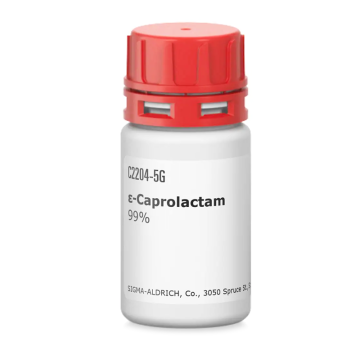
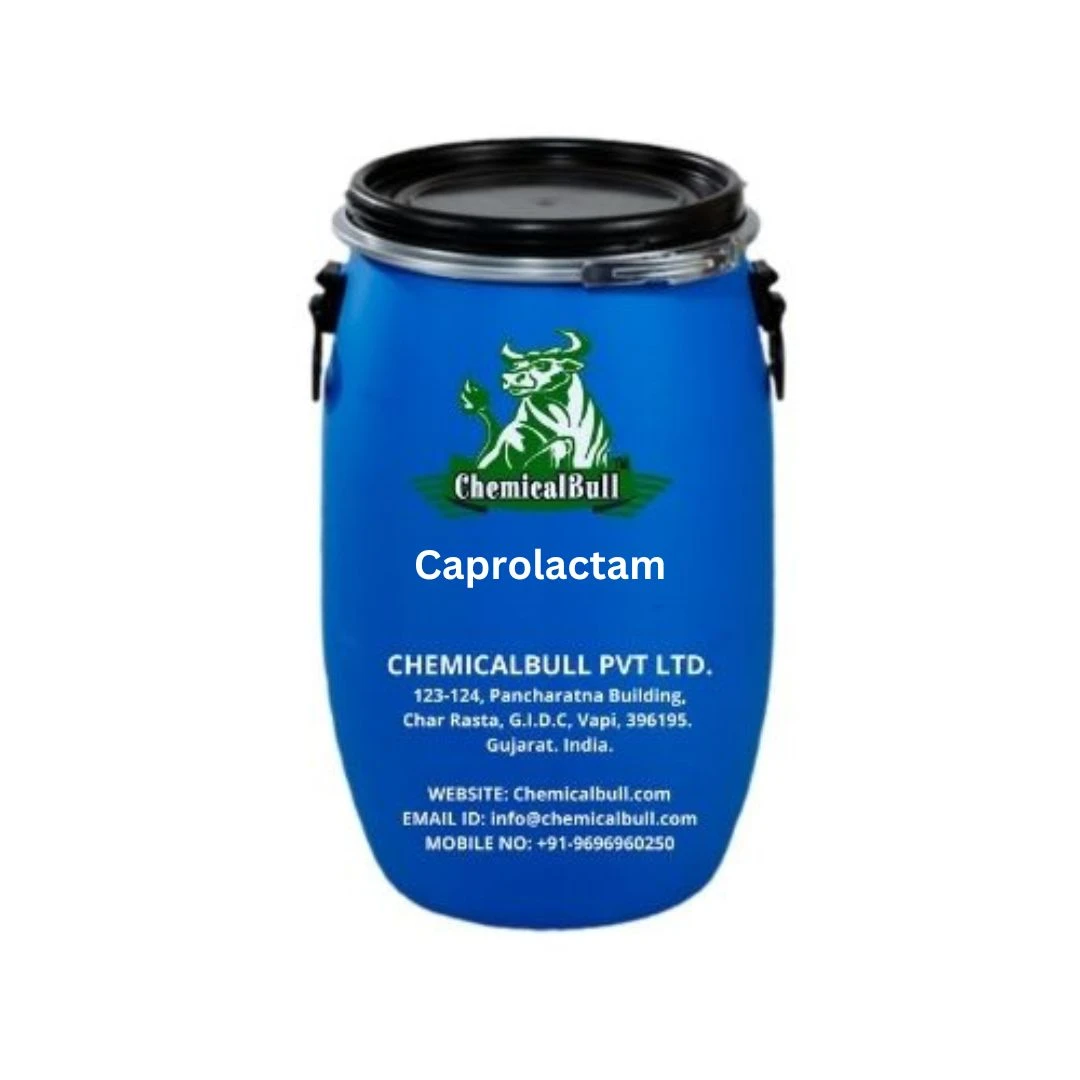
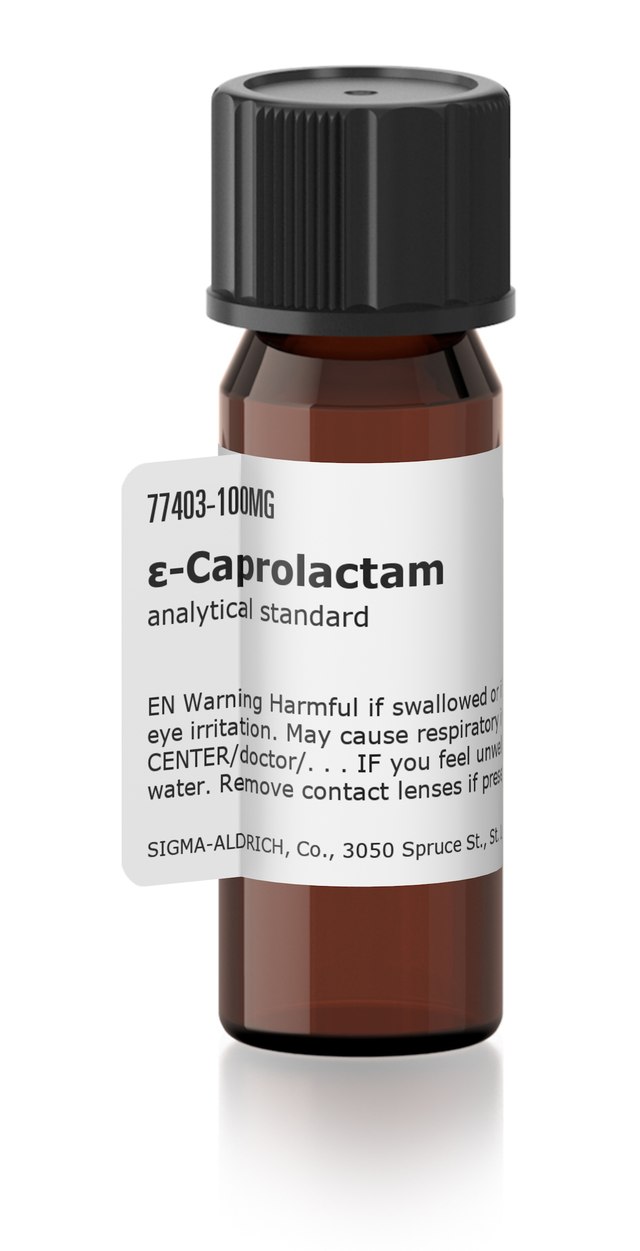
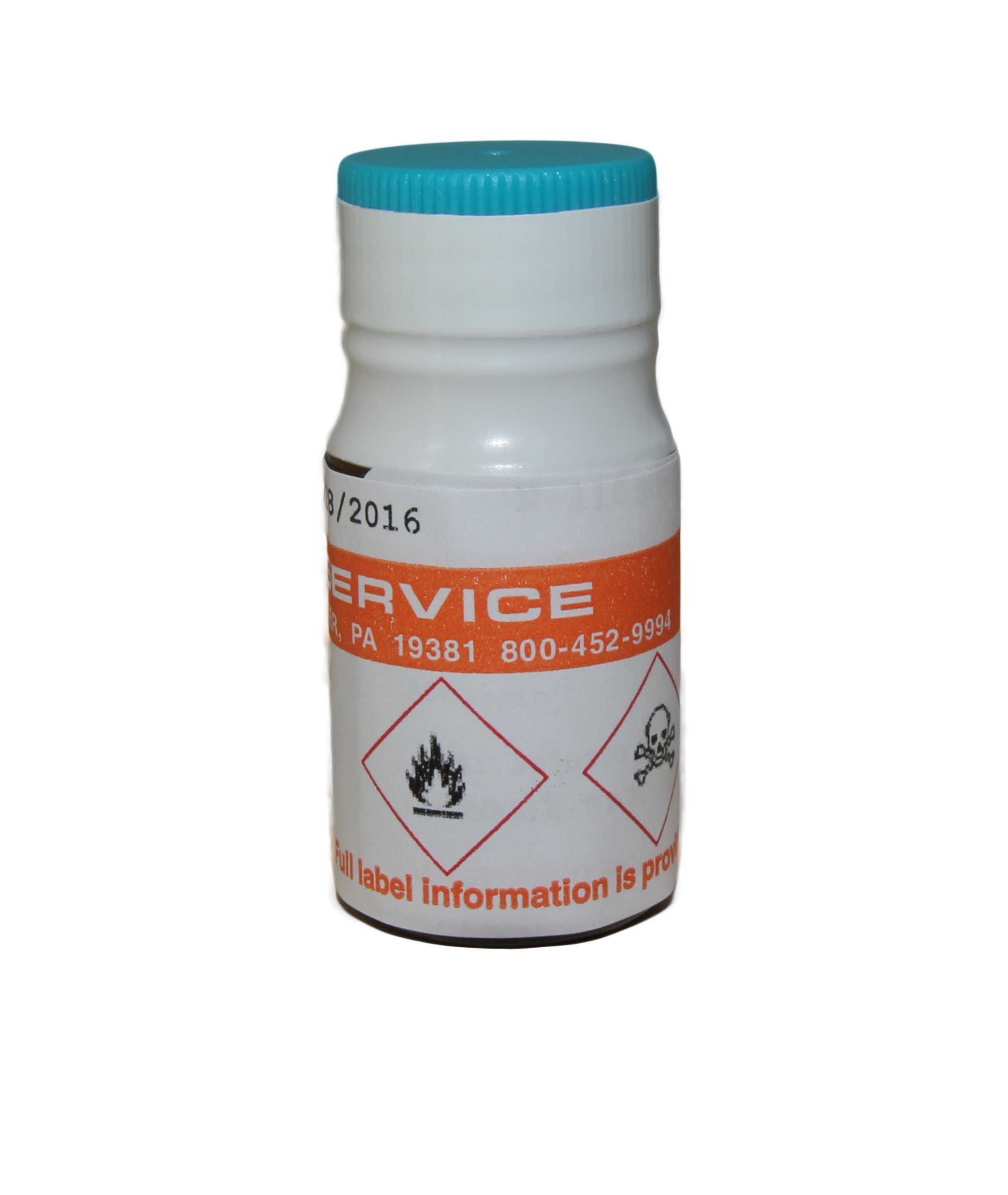

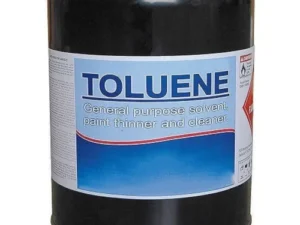


Reviews
There are no reviews yet.